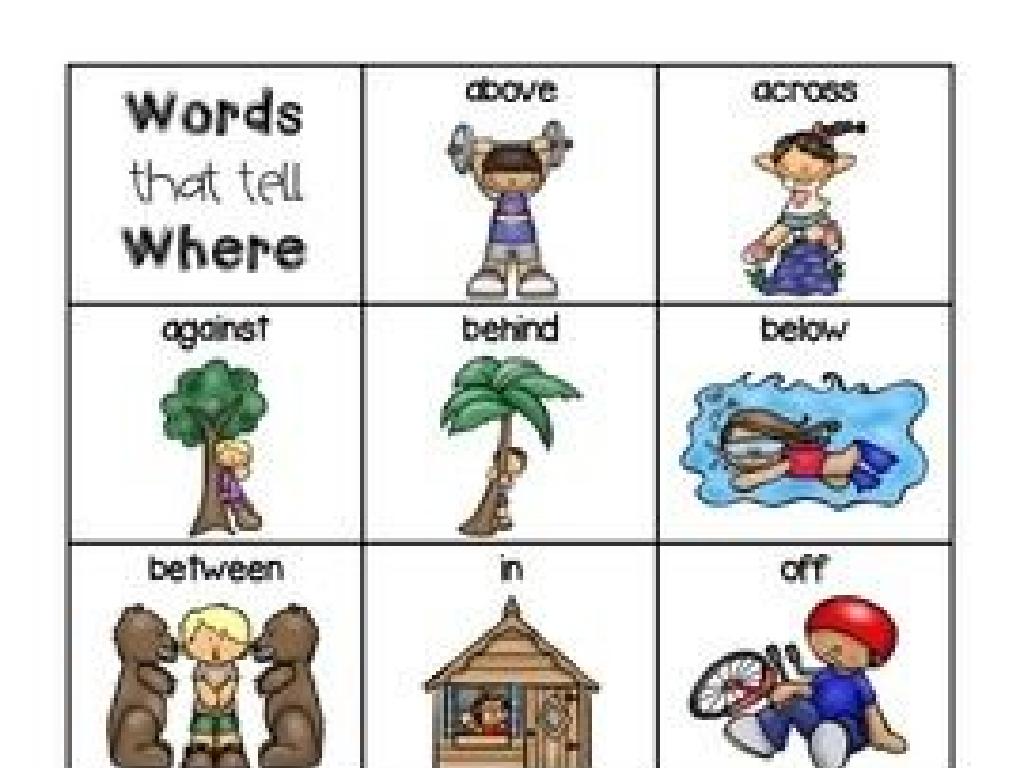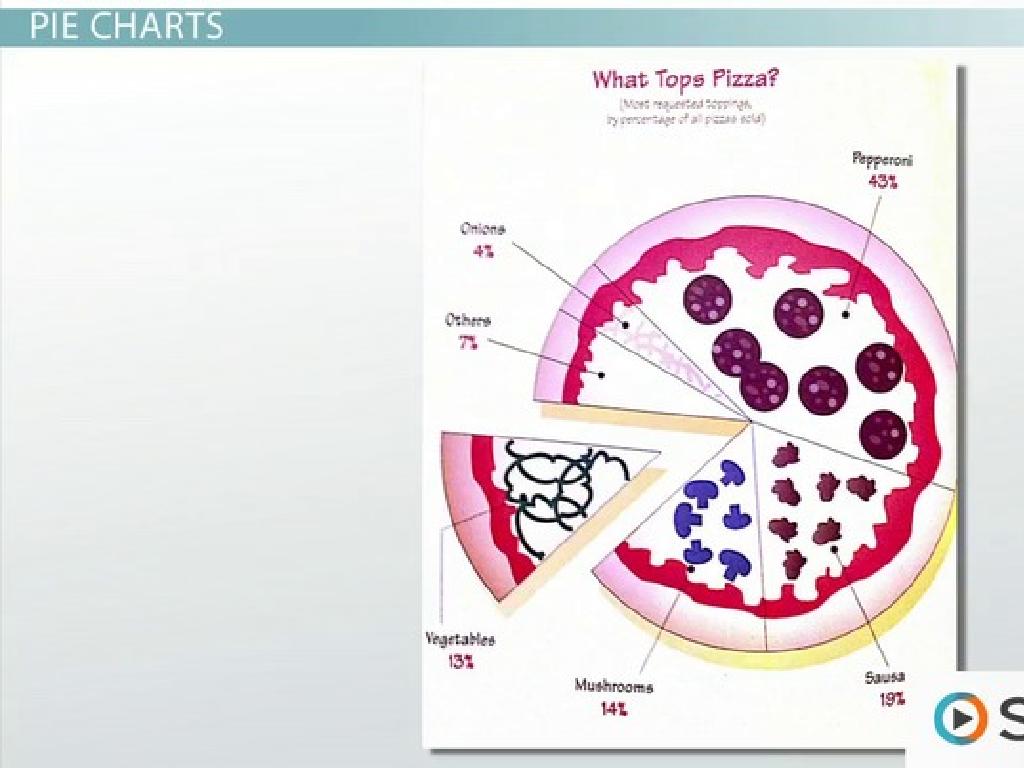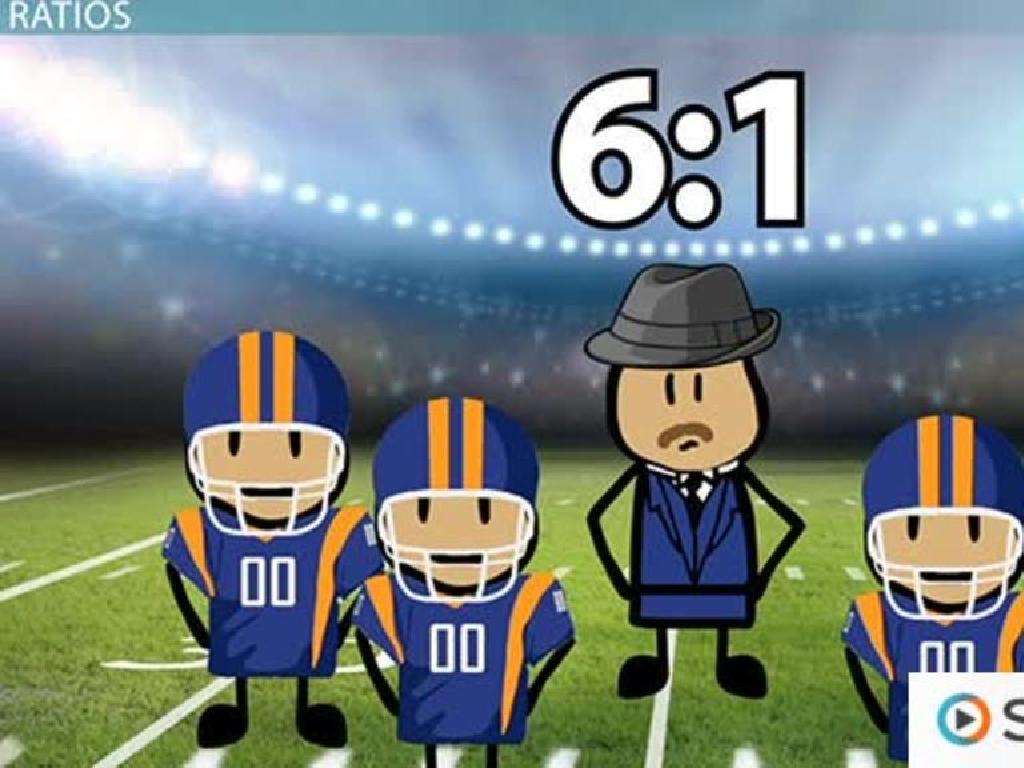Order Adjectives
Subject: Language arts
Grade: Sixth grade
Topic: Adjectives And Adverbs
Please LOG IN to download the presentation. Access is available to registered users only.
View More Content
Mastering the Order of Adjectives
– Understanding adjectives
– Descriptive words that modify nouns, e.g., ‘blue sky’
– Significance in sentences
– They add detail and clarity to our communication
– Exploring adjective order
– Adjectives have a specific order in English
– Practicing correct placement
– Let’s arrange adjectives in sentences correctly
|
This slide introduces the concept of adjectives and their proper order within sentences, which is crucial for clear and effective communication. Begin by defining adjectives as words that describe or modify nouns and pronouns. Emphasize their importance by explaining how they add specificity and interest to language. Introduce the standard order of adjectives in English (quantity, quality, size, age, shape, color, proper adjective, purpose) with examples. Engage students with exercises where they practice placing adjectives in the correct order to reinforce their understanding. Encourage students to create sentences using a series of adjectives in the right order to describe objects around the classroom.
Understanding Adjectives
– Adjectives modify nouns and pronouns
– Words that describe or give more information about nouns/pronouns
– They detail size, shape, age, color, origin, material
– ‘Large, round, ancient, blue, Italian, wooden’ are such descriptors
– Examples: ‘a red apple’, ‘an old mansion’
– ‘Red’ tells us about the apple’s color, ‘old’ about the mansion’s age
– Practice: Describe objects around you
|
This slide introduces the concept of adjectives to the students, explaining their role in providing more information about the nouns and pronouns they modify. Emphasize that adjectives can describe various aspects of an object, such as its size, shape, age, color, origin, or what it’s made of. Use everyday examples to illustrate the point, like ‘a red apple’ or ‘an old mansion’, and encourage students to think of adjectives that describe objects they are familiar with. As an activity, ask students to look around the classroom and write down adjectives for items they see, focusing on the different aspects that adjectives can describe. This will help them understand how adjectives function within sentences to add detail and meaning.
The Order of Adjectives
– Adjectives follow a specific sequence
– General order: Quantity, Quality, Size, Age, Shape, Color, Origin, Material
– Example: ‘Three large old square brown wooden tables’
– ‘Three’ (Quantity), ‘large’ (Size), ‘old’ (Age), ‘square’ (Shape), ‘brown’ (Color), ‘wooden’ (Material)
– Practice creating your own examples
– Use objects in the classroom to build sentences with adjectives in the correct order.
|
This slide introduces students to the concept that adjectives in English have a particular order when used together. It’s important to explain that this order often sounds ‘right’ to native speakers, but it can be confusing for learners. The given example illustrates the sequence using a common item. Encourage students to practice by describing objects around them or in pictures, using adjectives in the correct order. This will help them internalize the concept. As an activity, students can work in pairs to create sentences with a series of adjectives and then share with the class to discuss if the order sounds natural.
The Importance of Adjective Order
– Natural order sounds right
– Adjectives in the correct sequence flow smoothly.
– Wrong order feels awkward
– Misplaced adjectives can confuse readers.
– Comparing adjective order
– ‘A big, old, brown dog’ vs ‘A brown, old, big dog’.
– Practice with examples
– Try rearranging adjectives in sentences.
|
This slide emphasizes the importance of the correct order of adjectives in English. Native speakers intuitively know that adjectives have a natural order that sounds ‘right.’ When adjectives are out of order, sentences can sound awkward or even be confusing. To illustrate this, compare the phrases ‘A big, old, brown dog’ and ‘A brown, old, big dog.’ The first follows the conventional order of size, age, color, and sounds natural, while the second does not. Encourage students to practice by identifying adjectives in sentences and experimenting with their order to see how it affects the sentence’s clarity and flow. This will help them develop a feel for the natural order of adjectives in English.
Practice Time: Ordering Adjectives
– Understand adjective order
– Example: Reorder adjectives for clarity
– ‘a cotton blue lovely dress’ should be ‘a lovely blue cotton dress’
– Pair up for practice activity
– Find a classmate to work with on this exercise
– Apply rules to new sentences
– Use the adjective order rules to correct sentences
|
This slide is designed to provide students with a practical application of the rules for ordering adjectives in a sentence. Start by reviewing the correct order of adjectives with the class. Then, show the example provided to illustrate how adjectives should be arranged for clarity and coherence. Next, instruct students to pair up and practice reordering adjectives in various sentences. Provide them with a list of jumbled adjectives in sentences and ask them to apply the rules they’ve learned to correct them. As an extension, students can create their own sentences with a mix of adjectives for their partner to order correctly. This activity will help reinforce their understanding of adjective order in a collaborative and interactive way.
Group Activity: Adjective Order Practice
– Describe a classroom object
– Use at least 4 adjectives
– Remember the adjective order
– Order: Quantity, Quality, Size, Age, Shape, Color, Proper adjective, Purpose
– Share with the class
|
This group activity is designed to reinforce the concept of ordering adjectives in a descriptive sentence. Divide the class into small groups and have each group choose an object in the classroom to describe using at least four different adjectives. Remind them of the correct order of adjectives: Quantity, Quality, Size, Age, Shape, Color, Proper adjective, and Purpose. After they have crafted their sentences, each group will share their descriptions with the class. This will allow students to learn from each other’s examples and understand the importance of adjective order in sentences. Possible variations of the activity could include describing an imaginary object, using adjectives from a specific category, or challenging groups to use the most unique adjectives.
Class Activity: Adjective Scavenger Hunt
– Find objects around the classroom or school
– Write descriptive adjectives in order
– Size, shape, age, color, origin, material, purpose
– Share your findings with the class
– See who discovered the most unique items!
|
This activity is designed to help students practice the correct ordering of adjectives in a fun and interactive way. Students will search for objects and use adjectives to describe them, focusing on the proper sequence of adjectives according to English grammar rules. For example, ‘a small, round, old, brown, wooden bowl.’ Encourage creativity and use of diverse adjectives. After the hunt, students will share their findings and the class can discuss the different adjectives used. Prepare to guide them through the correct order if mistakes are made and praise unique and apt descriptions. Possible variations of the activity could include pairing students for teamwork, setting a time limit, or categorizing objects found.
Conclusion & Homework: The Order of Adjectives
– Importance of adjective order
It makes sentences clear and understandable.
– Homework: Craft 10 sentences
Include a string of adjectives before a noun.
– Use correct adjective order
Follow the standard order of adjectives taught.
– Share your work next class
Be ready to discuss and explain your sentences.
|
This slide wraps up the lesson on the order of adjectives, emphasizing its importance for clarity in communication. For homework, students are tasked with writing 10 original sentences that include a series of adjectives in the correct order, as discussed in class. This exercise will help reinforce their understanding of the concept. In the next class, students will have the opportunity to share their sentences, allowing for peer learning and giving the teacher a chance to provide feedback. Encourage creativity and the use of a diverse range of adjectives to make the activity engaging.






